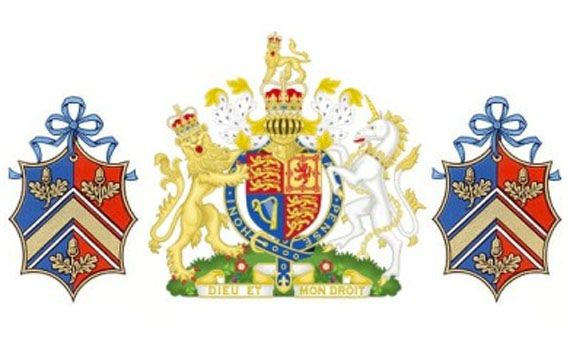
On the official website of the royal wedding, which was used to distribute minute-by-minute press releases, brands like Bentley, Rolls-Royce, Aston Martin, Alexander McQueen, Cartier and Philip Treacy were credited prominently and their products described in detail.
If estimates are accurate, two billion people around the world watched the London event, making it an unprecedented opportunity for product placement of luxury goods cum megabrands. It is what many marketing analysts identified as the sort of audience that only happens once in a generation.
The luxury industry has always been inextricably linked with royalty. Relying on the patronage of monarchs, nobility and their inner circles, a coterie of elite craftsmen grew up around the decadence of the royal courts and palaces of antiquity.
Thanks to a succession of European kings and queens, Arab sheikhs, Chinese emperors and Indian Maharajas – many of whom wanted to outdo their predecessors with displays of finery and opulence – over the centuries, the foundations for the luxury industry were laid.
The question on the minds of branding consultants and marketeers, however, is more prosaic than the romantic history between luxury and royalty. What they want to know is what the value of such high profile occasions as coronations, royal weddings and other public appearances is in the 21st century.
Robert Burke, chief executive of brand consultancy Robert Burke Associates, told the Financial Times that "a smart brand can double, triple or more their business in a short time." But will that be the reality?

In the fashion sector, at least, it seems that the potential is there. The most eagerly anticipated moment of the occasion was undoubtedly the unveiling of the bride’s wedding dress, the designer of which had been successfully kept under wraps for many months. It was Sarah Burton for Alexander McQueen who ultimately received the royal commission.
The Financial Times’s fashion editor, Vanessa Friedman, put it into perspective. "Catherine Middleton’s decision will have immediate repercussions for Alexander McQueen, one of the smaller brands in the luxury group of conglomerate PPR," she wrote.
"Though famous within the fashion community for its dramatic runway shows, and the subject of worldwide coverage last year when its eponymous founder committed suicide, McQueen is only just reaching the size at which it can advertise. Its first, small campaign was planned for this autumn/winter."

Friedman continued: "The selection of McQueen also places a national halo around the brand, which shows in Paris and is owned by a French group, confirming it as one of the pre-eminent British fashion names on the global stage, and suggesting Ms Middleton may use her position to further the interests of the British fashion industry."
Indeed, the wedding was in many ways a showcase of the top end of British heritage brands and future heritage brands like Alexander McQueen and accessory/millinery brands like Philip Treacy and Stephen Jones. The bride tapped a British boutique jeweller, Robinson Pelham to create the diamond earrings worn on the day while French luxury stalwart, Cartier, enjoyed some buzz thanks to the 1936 ‘halo’ diamond tiara which was lent to the bride by the Queen.

As for the many luxury automobile brands on parade that day, the Wall Street Journal has predicted that it could drive up prices of some of Aston Martin’s classic models at least.
"If you own a DB6 Volante like the one the newlyweds drove away from their reception (or almost any vintage Aston), this may be the time to sell," wrote WSJ author Jonathan Welsh.
"Prices at auction have ranged from $200,000 to more than $400,000 in the past few years. But now that the car is identified with the royal couple, its audience is likely to grow and prices are almost certain to go up."

While high-end fashion brands are used to the sort of promotional tactics needed to publicise their association with glamorous events like the Oscars and the royal wedding, it would seem that luxury automakers have not yet learned how to harness the full potential.
Comparatively little effort seems to have been made by the auto executives or their spokespersons to drive home the message in the press that their brands are quite literally, "fit for a king" or make you "feel like a queen." Cliched though such messages may be, the royal wedding was the ultimate platform to re-assert the (enviable) royal credentials that these firms have.










